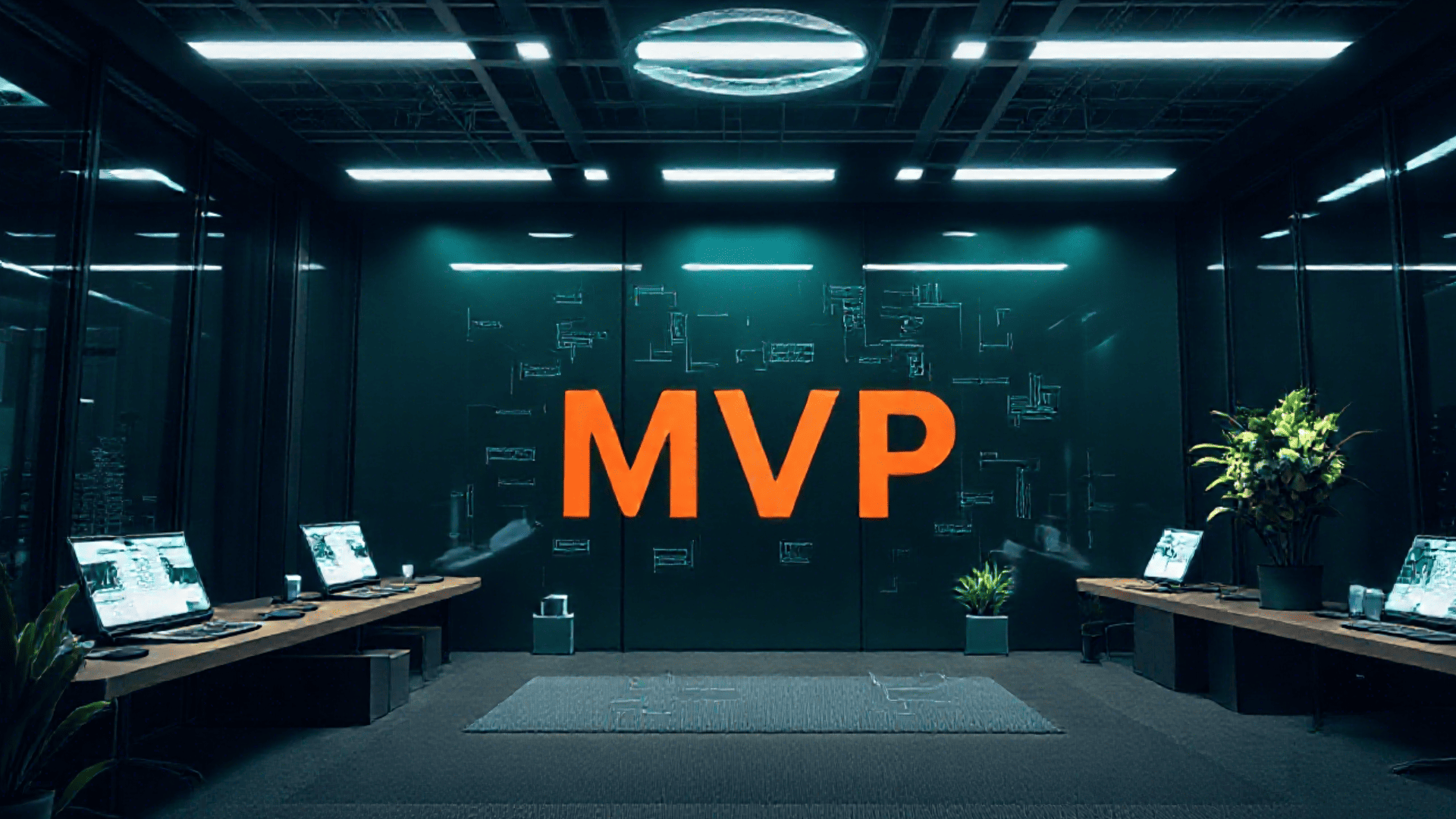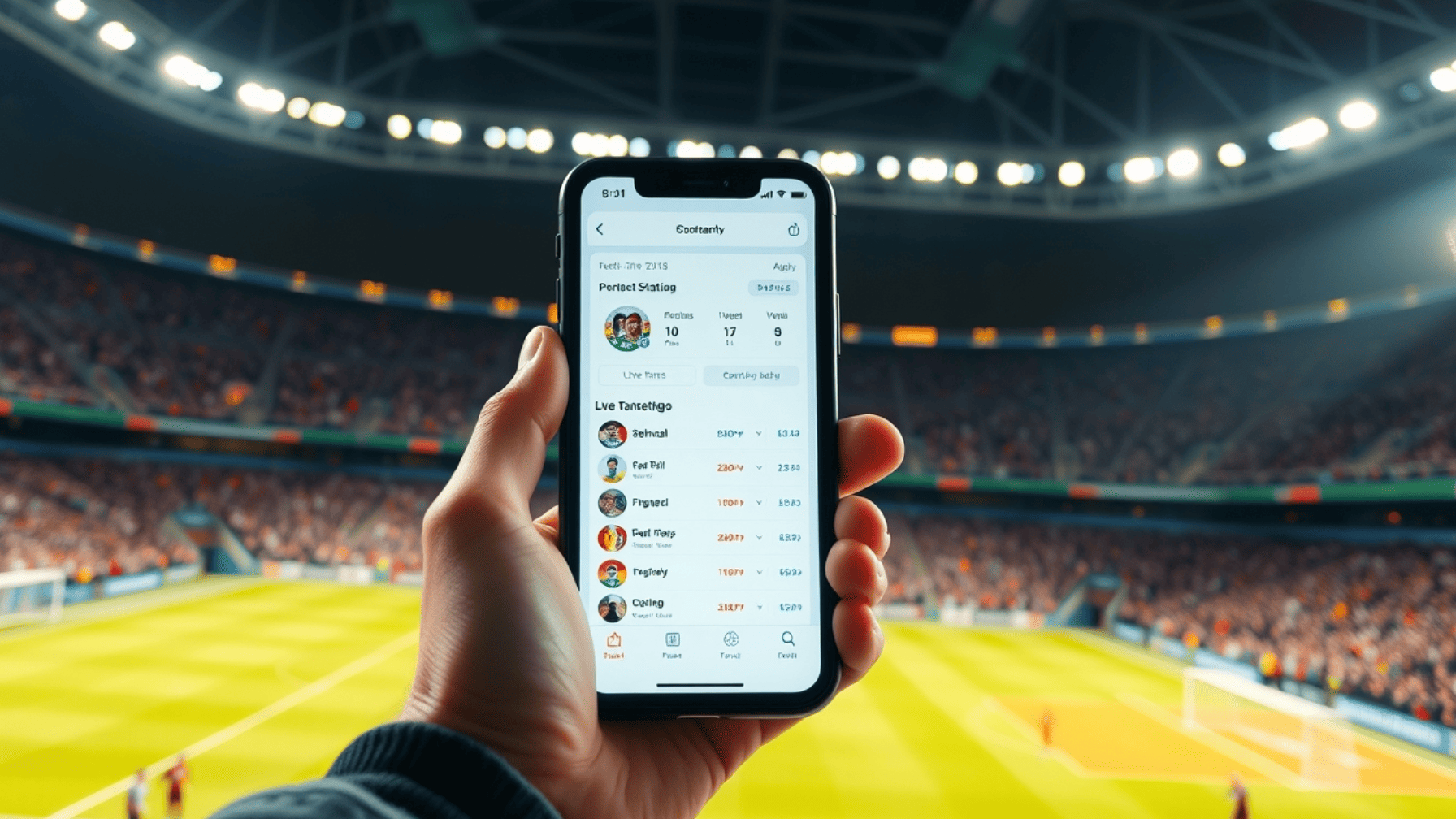MVP is not about doing less. It's about doing the right thing from the start.
The approaches to MVP development have changed significantly in recent years. New technologies have entered the game, user expectations have risen, and the pace of iteration launches has become a determining success factor. It’s no longer enough for a business to simply "enter the market"—it’s important to do so quickly, accurately, and with a clear purpose.
At the same time, the concept of MVP has gone far beyond the startup environment. Today, it is a tool used by large companies as well—for internal innovation, testing new directions, and reducing risks. In a world that changes so rapidly, experiments have become the norm, not the exception.
In this article, we will explore how to approach creating an MVP in 2025, which stages are key, what mistakes to avoid—and why a well-executed MVP can be a decisive factor for the future of your product.
Strategic Planning of MVP in 2025
Today, creating an MVP is no longer about launching a "cut-down" version of a product. It’s a targeted experiment with a clear goal: to validate a business hypothesis with minimal costs but maximum feedback. That’s why the first question isn’t "What are we building?" but "What do we want to learn?" Without this answer, any MVP risks turning into a beautiful but useless construct.
The next logical step is to shift the focus from the product to the problem. Most startups are still infatuated with their solutions, and this becomes a trap. Successful MVPs define value not by a set of features but by the effect: "What will change for the user after the first click?" If the answer is unclear, the product is not ready, even in its minimal version.
To formulate a relevant offer, you need to go beyond your own vision and look at the market. Competition in 2025 is not just dense—it’s dynamic: what is an advantage today might become a standard tomorrow. Competitive analysis is no longer about "who else is in the niche" but "which consumer behavior patterns are being overlooked by others—and how can we use that?"
Here, artificial intelligence (AI) comes into play—not because "everyone else is doing it," but as a tool for strategic thinking. With it, the team can quickly read market signals, model scenarios, and even generate hypotheses for testing. Launching becomes a controlled adaptation process, not a "blind" leap.
This is where the new strategy comes in: creating MVPs as flexible thinking tools, not just technical products. At the center is not code or design—but the hypothesis, data, and the ability to quickly change direction if reality requires it.
Key Stages of Creating an MVP
When a startup fails, it is rarely due to a technical defeat. More often, it’s strategic. People create something they consider highly valuable, but that turns out to be unnecessary. And then, in hindsight, the realization comes: the product didn’t solve a real problem. Creating an MVP is not about code or design; it’s about honesty with yourself and the market.
CB Insights analyzed over 100 startup failure cases and found that 42% of them failed due to lack of market demand. This is not a technical but a strategic deficiency. Therefore, the first and most important step in creating an MVP is a deep understanding of your user. Customer Discovery is not a formality but a way to break free from illusions and test your assumptions on real people. Interviews, surveys, and persona modeling—all of these give access to the real motivations and barriers.
Once this foundation is established, the next challenge is to maintain focus. MVP is not a simplified version of the future product, but a carefully crafted experiment. Sometimes, a single key feature provides more answers than ten secondary ones. Prioritization is not the rejection of ideas; it’s discipline. You’re not throwing away excess; you’re creating space for the main idea.
Similarly, in design: it’s better to have a simple interface that doesn’t raise questions than a beautiful but confusing one. The user shouldn’t have to think about how to press something or what exactly you’re offering—they should feel the value immediately. This is the essence of MVP: to show potential, not to impress with a complicated UI.
And only after the idea is tested, the interface is simplified, and the features are clear, does the question arise: "How do we technically implement this?" In 2025, the answer is not always "let’s start writing code." No-code and low-code tools often allow you to launch an MVP in days, not months. Sometimes, this is more than enough to get feedback and take the next step intentionally.
And it’s at this stage—when there are initial insights, a basic version of the product, and readiness for feedback—that it becomes especially important not to veer off course. Because even with a good idea and strong intent, startups often stumble. Why? Because they make typical but critical mistakes that devalue the essence of MVP.
Common Pitfalls that Consume Potential at the Start
Creating an MVP can be compared to preparing for a parachute jump. You’re not building a full-fledged plane—you’re preparing the minimum necessary to take off, gain altitude, and make a pinpoint jump. But even in this "minimum," mistakes are costly. And importantly, they’re not always technical. Most often, these are strategic errors that stem from wrong decisions at the start.
1. Feature Creep:
Instead of focusing on one key feature, teams try to "squeeze everything in at once." Additional features, secondary scenarios, workarounds—everything becomes overloaded. The MVP turns into a complex system with a low focus and a blurred value proposition. As a result, the user doesn’t understand what this product is for, and the team can’t track what’s working. You’re building not a test prototype, but an imperfect "final" product. Paradoxically, more is less.
2. Lack of Real User Feedback:
Any hypothesis is worth as much as the data supporting it. If the MVP is not tested on a real audience, it’s not an experiment, it’s a hypothesis that becomes the foundation for future mistakes. Often, teams rely only on internal evaluations or feedback from acquaintances, ignoring the voice of the real market. Interviews, feedback forms, A/B tests—even the simplest formats provide critical information. It’s worth honestly asking yourself:
"Are we really hearing our user, or just wanting confirmation of our assumptions?"
3. Ignoring Metrics: Launch Without KPIs = Blind Flight:
How do you know if the MVP works? Without clear success indicators, you risk losing direction. The absence of KPIs is like flying a plane without instruments: you see the motion but don’t understand the direction, altitude, or speed. For MVPs, these instruments are metrics: activation, retention, usage frequency, conversion. Sometimes, just two indicators are enough to see the real potential or weak spot. It’s important not just to launch—but to understand what to measure and why.
4. Insufficient Hypothesis Testing Before Scaling:
Scaling without verification is like playing roulette. One of the most common failure scenarios is the "False Start." When the team skips customer research and immediately builds a full-functioning product, it creates the illusion of progress. But the product doesn’t find its user because it was built on assumptions. A well-tested hypothesis is not intuition or a one-time piece of feedback, but stable, repeatable market signals. And it is these signals that should form the basis for growth, not an internal sense that "it’s time to scale."
Only by avoiding these mistakes can an MVP fulfill its true mission—to provide clarity, not create a new illusion.
Trends and Challenges of MVP Development in 2025
Imagine a team launching an MVP of a new office delivery service—fast, convenient, with chatbot integration. The prototype gets positive feedback, but within two weeks, users disappear. The problem? The algorithm didn’t account for office lunch schedules and didn’t support pre-ordering for a specific time. The idea is good. The technical implementation is strong. But the value? It couldn’t keep up with the pace of reality.
This case is not an exception but a sign of a new era. Now, an MVP must not just "work"—it must meet expectations that grow faster than teams can adapt. Trends change every month, and challenges every day. That’s why the modern approach to creating an MVP requires not just speed, but adaptability and maximal use of all available resources.
One of the key shifts has been the rise of AI-first products, where artificial intelligence is not just a module or embellishment but the core logic of the product. In such cases, MVP is no longer a "minimal working version," but a "minimally trained system" capable of delivering tangible value. This changes the very nature of the experiment: teams must think immediately about the quality and sources of data, the transparency of AI decision-making, and even the ethics of user interaction. Creating an AI product from the outset requires a different level of depth—architectural, behavioral, and strategic.
Alongside this, the importance of DesignOps and DevOps is growing—systematic thinking in design and development. If an MVP is a laboratory, these approaches allow not only to experiment but to repeat, scale, and control variables. More and more teams are implementing CI/CD, design systems, automated tests, even before the first users appear. Why? Because speed without control is not an advantage, but a risk. Technological discipline at the start is not a luxury, but a safeguard against failure.
Another new standard is attention to security and privacy. An MVP that collects or processes data can no longer afford to leave the question "What about security?" until later. With increasing regulatory requirements (from GDPR to local initiatives), security becomes part of the trust in the product from the very first clicks. Even a limited pilot version must meet basic requirements—encryption, access control, and a transparent data collection policy. This is no longer "enterprise level"—this is the norm expected even by the first user.
And finally, the user is changing. In 2025, they expect personalization, inclusivity, and immediacy. They are used to products that understand them before they even formulate a request. This means that an MVP must account for these expectations not just at the marketing level, but at its very core. Can the product adapt to the context? Is it accessible to people with diverse needs? Does it work smoothly and quickly on any device? If not—users won’t wait for the next version. They’ll just leave. And this is the main challenge today: to create a "minimal" product that immediately demonstrates maturity.
How We at Lab42 Develop MVPs
In many companies, the process of creating an MVP is reduced to implementing basic functionality that allows them to quickly enter the market. However, such an approach often overlooks a deep understanding of the user, strategic planning, and adaptability to changes. The result is a product that doesn’t meet the real needs of the market and loses competitiveness.
At Lab42, we approach MVP development as a comprehensive process that includes:
-
- In-depth analysis of the business idea and the formation of functional specifications.
- Choosing the optimal technology stack and architecture.
- Integration with existing corporate systems and CRMs.
- Addressing cybersecurity and data privacy requirements.
We support clients at every stage—from idea to MVP launch—ensuring flexibility, scalability, and alignment with business goals. Our approach allows us to create products that not only meet technical requirements but also deliver real value to users and businesses.
Learn more about our approach to MVP here.
Conclusion
MVP in 2025 is not about a minimum of features, but a minimum of uncertainty. Its goal is to test a business hypothesis with minimal costs but maximum feedback. The strategy starts with deep user analysis, not development. The key question is not "What are we building?" but "What behavior are we influencing?" One clear solution to a specific problem provides more value than a set of "useful" features. Without a hypothesis, metrics, and real feedback, any MVP is just an assumption. In the age of AI-first products and high user expectations, what matters is not just functionality, but instant, tangible value.
"Either you adapt to change, or someone else will do it for you."

Key Takeaways: MVP 2025
- MVP = testing hypotheses, not just cutting features.
- User problems first, product second.
- One clear feature > many “nice-to-haves.”
- Real feedback & metrics guide the next step.
- AI, trust & speed are baseline expectations.








